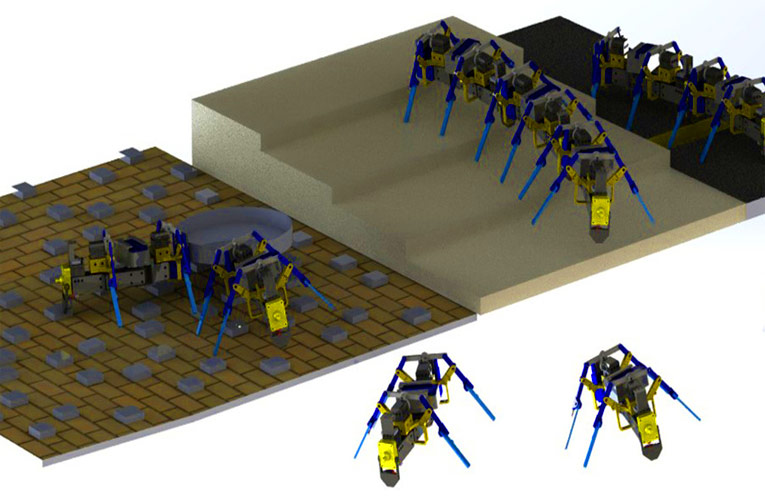
Researchers in the US have built four-legged robots measuring 15 to 20 centimetres, using a 3D printer. Each robot is equipped with a lithium polymer battery, microcontroller and three sensors that enable them to connect to one another. The multi-legged robot is capable of maneuvering in challenging environments and accomplishing difficult tasks collectively, mimicking their natural-world counterparts.
These robots can navigate the challenging environments such as rough terrain and tight spaces, and use limbs to offer effective body support, enable rapid maneuverability and facilitate obstacle crossing.
Talking about these robots, Yasemin Ozkan-Aydin, assistant professor of electrical engineering at the University of Notre Dame said: “Individual robots performed simple or small tasks such as moving over a smooth surface or carrying a light object, but if the task was beyond the capability of the single unit, the robots physically connected to each other to form a larger multi-legged system and collectively overcome issues.”
Ozkan-Aydin says there are still improvements to be made on her design in terms of control, sensing and power capabilities of the system, which are essential for real-world locomotion and problem-solving. Besides, she plans to use this system to explore the collective dynamics of insects such as ants and termites.

